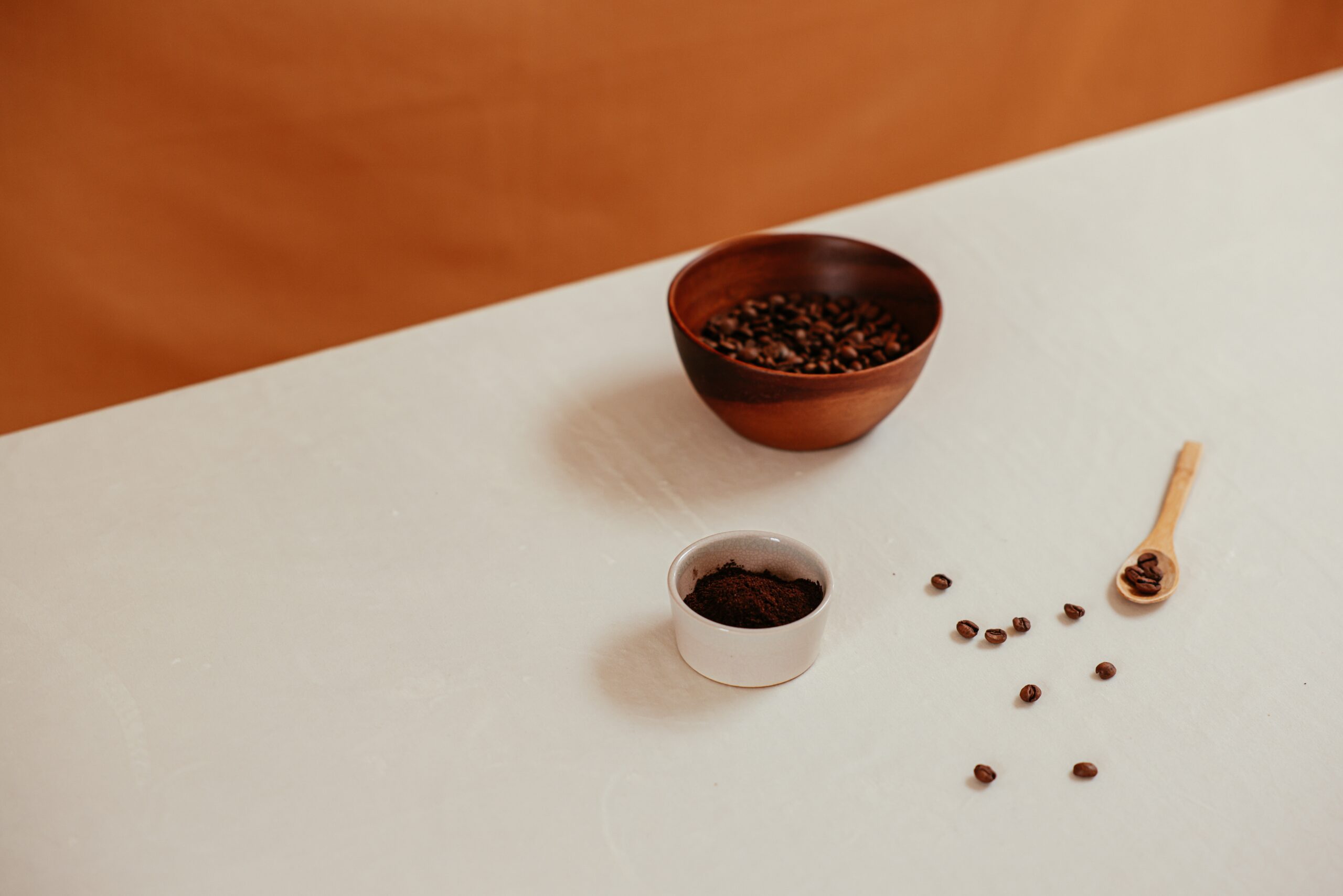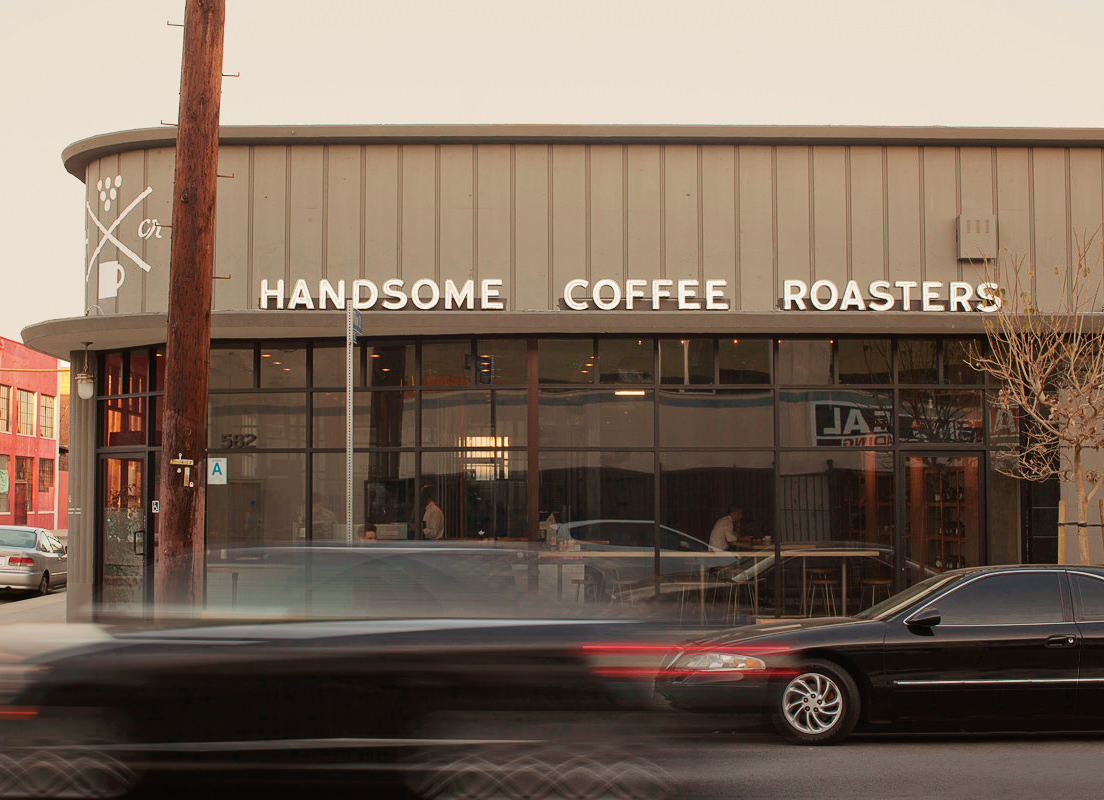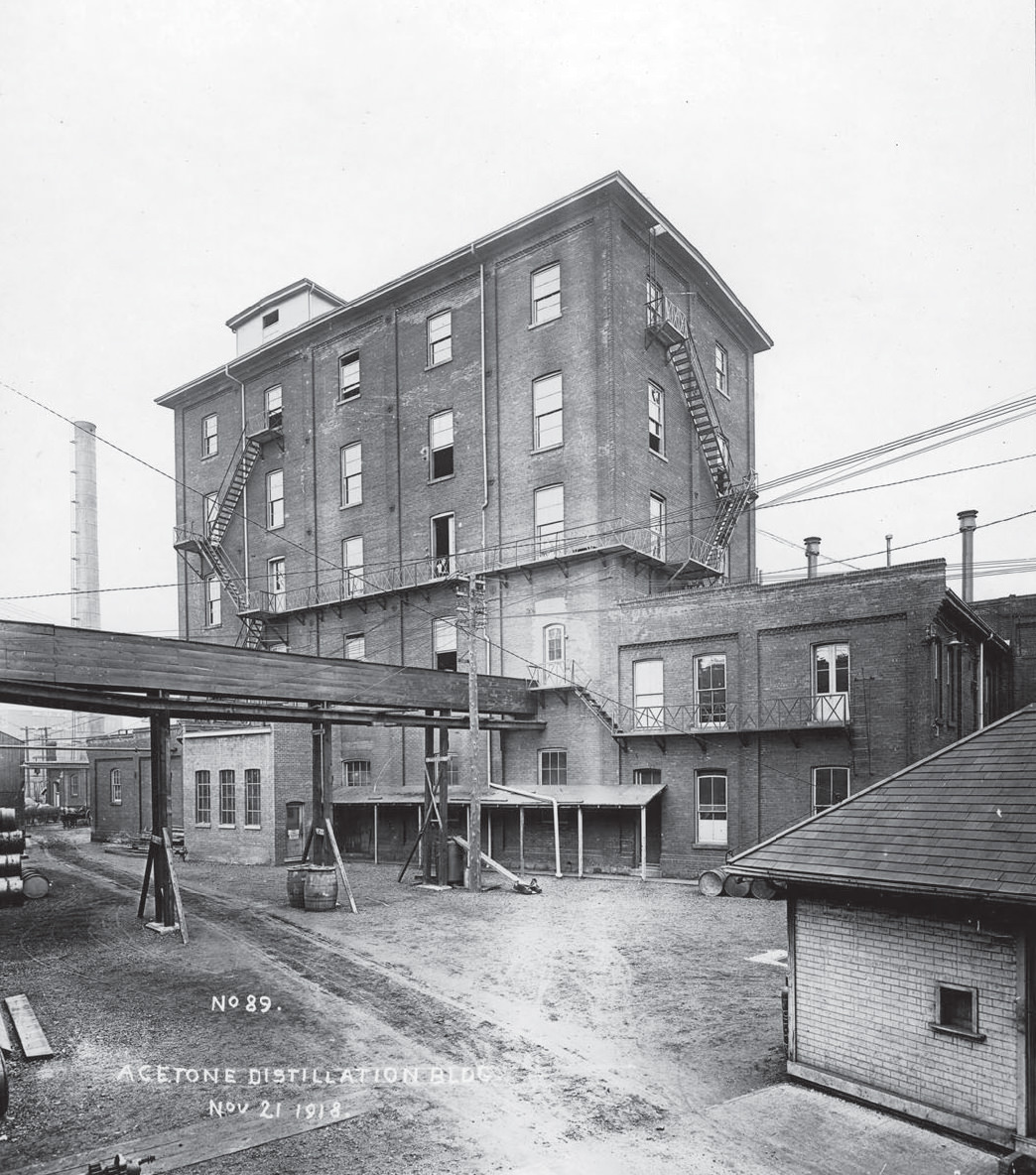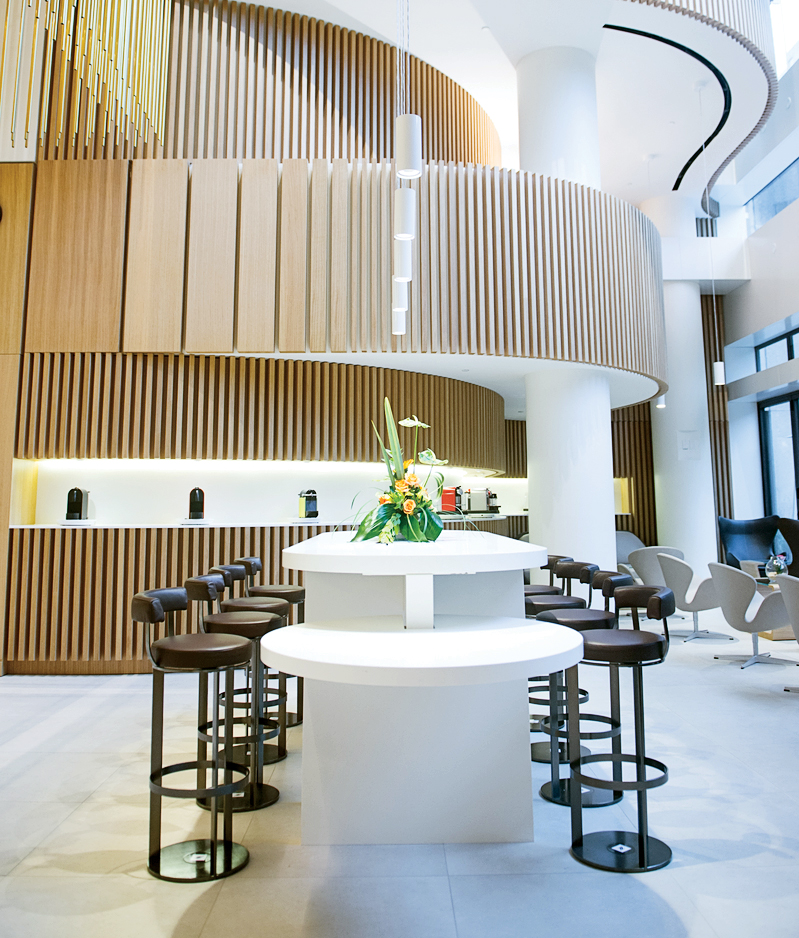Biodiversity and Its Implications for Your Morning Latte
Coffee crisis.

Tough to be a coffee plant these days. You have water shortages to contend with. Soil contamination. Deforestation. There’s coffee rust, a withering fungus that can kill up to 80 per cent of a plant’s leaves. And of course, the growing peril of climate change.
Similar challenges face much of the world’s flora. But of all the world’s crops, coffee may be the one that is worst suited to meet them. Of the 124 known species of the Coffea shrub, the world has come to rely on only two: stronger, more bitter robusta and smoother, sweeter arabica. The latter accounts for some 60 per cent of beans grown today but is the overwhelming preference among coffee cognoscenti. While this intense focus on a single species has enhanced the flavour of our morning cup of joe, it has left the coffee industry vulnerable to problems that could end up wiping out the world’s entire supply.
The roots of the problem go back to the genetics of Coffea arabica. A 2020 study by the nonprofit World Coffee Research organization confirmed that every one of the 19 billion or so arabica plants on the planet originated from a single Ethiopian shrub that lived between 10,000 and 20,000 years ago. This recent (by evolutionary standards) birth means arabica has the lowest genetic diversity of any major crop species currently grown—a genetic “bottleneck” that makes the species exceptionally vulnerable to diseases, pests, and warming temperatures, much less all three at the same time.
The good news: experts are hard at work on a fix for our morning fix. They’re breeding new hybrids in an attempt to a strengthen arabica’s genetic code. They’re setting up gene banks to ensure coffee DNA isn’t lost. And they’re exploring the cultivation of other coffee species. Indeed, botanists have recently rediscovered Coffea stenophylla, a species native to the lowland jungles of Sierra Leone. Unlike arabica, it thrives at lower altitudes at higher temperatures with less water and with more resilience to leaf rust. The really good news: its flavour is a dead ringer for the delicate, slightly sweet, slightly citrusy profile of high-elevation Bourbon arabica from Rwanda.
We’ve seen this story before: the potato blight of the mid-1800s; the decimation of Europe’s grapevines by the Phylloxera aphid; the near death of the Gros Michel banana. All are lessons in the risks inherent in industrial monoculture. Let’s hope that this time, the world wakes up to the problem before it becomes intractable—or we may have to find a whole new way to wake up.




